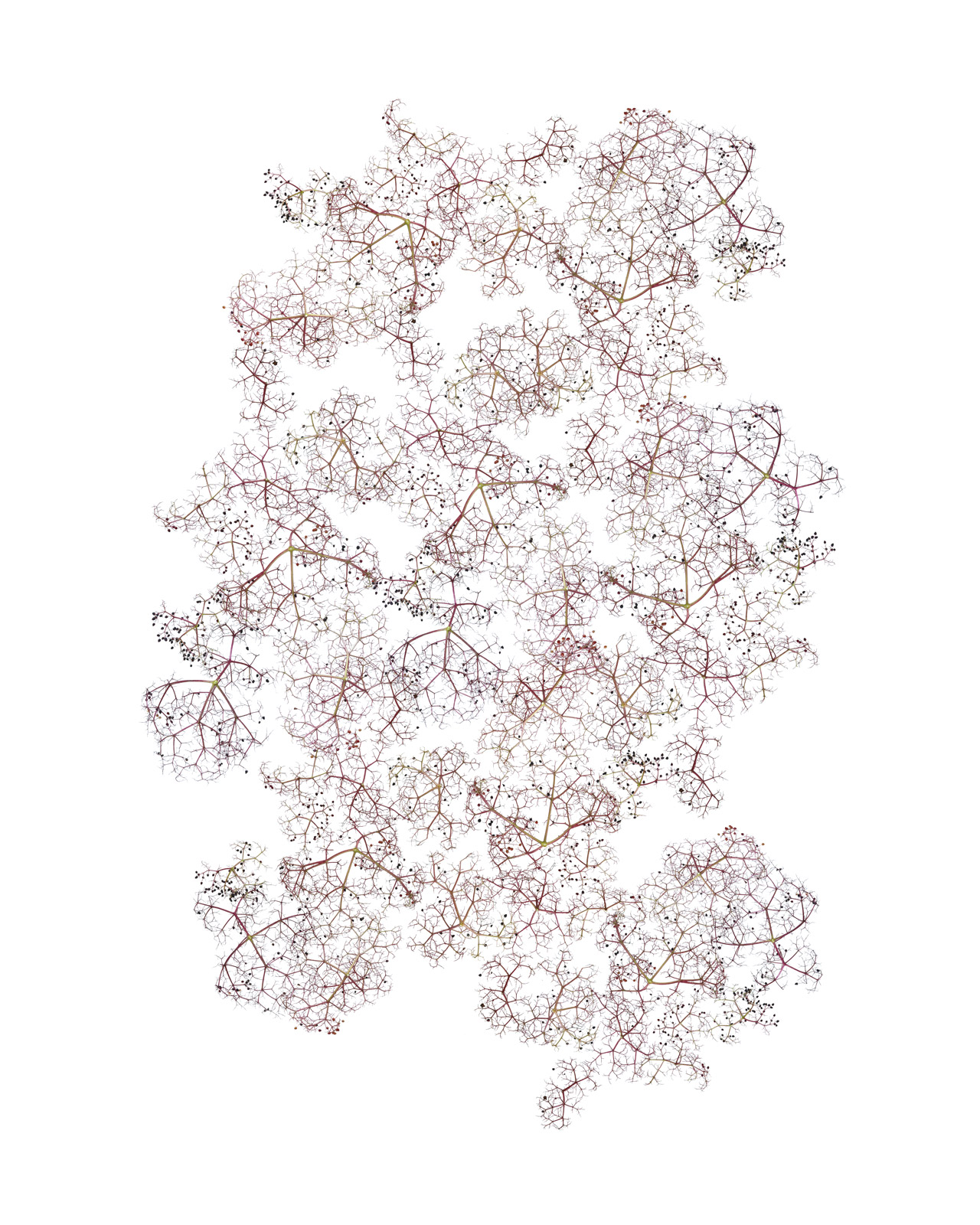
branching
network of nerves? avioli in the lungs? transportation map for a large city? arteries and veins of the heart? smokebush flowers? nope. It’s the stems of spent black elderberry flowers. isn’t it amazing how universal it feels. nature is infinitely varied, and yet built one such similar building blocks–we are all just slight variations on a a few repeated themes.
black elderberry inflorescence (Sambucus)
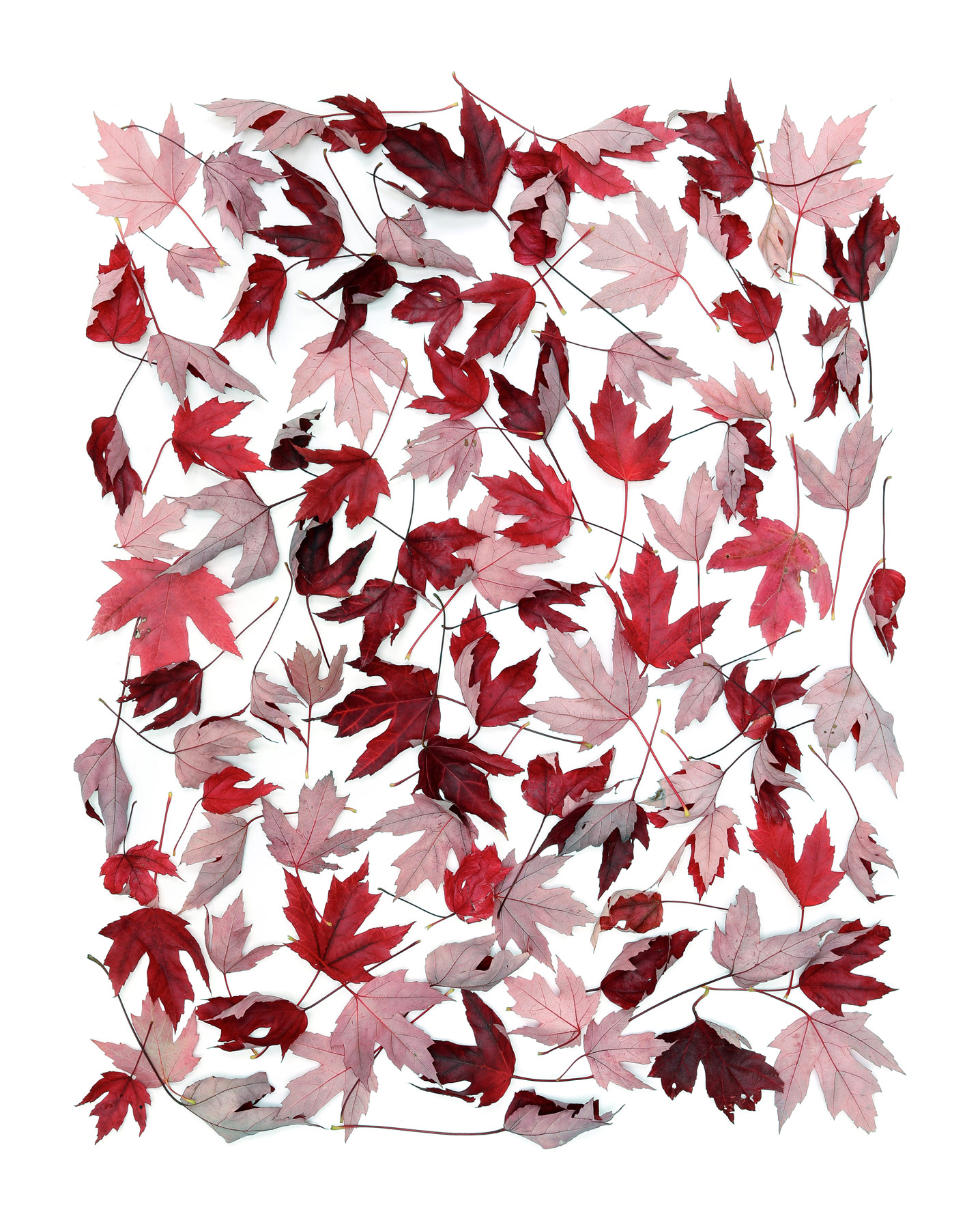
where to look when everything is red?
the reds are stealing the show this fall. these reds and pinks looked so resplendent in the slant autumn sun today.
i am teaching a foraging and composition workshop to 60 teachers bright and early tomorrow morning, so i am off to prep. see you tomorrow!
maple leaves (probably a silver x red cross called autumn blaze)
p.s. all the black walnuts i photographed yesterday have already been eaten by the red squirrels. 😂. good job guys!
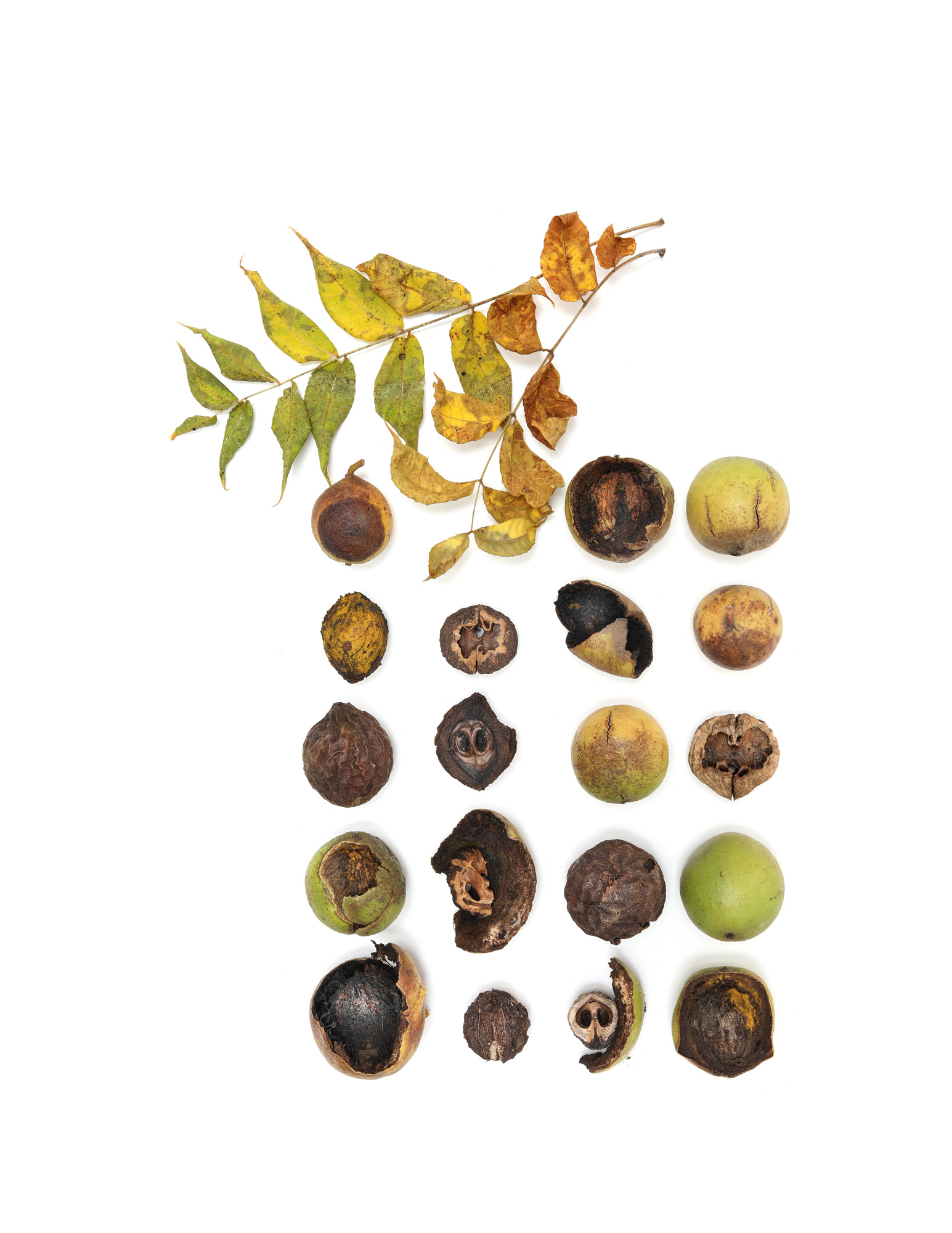
time for caching
as i was gathering these this morning, more nuts were dropping from the tree all around me. it was an unnerving sensation. at the base of the tree was a large pile of discarded casings and chewed up bits of shells where the squirrels had been busy extracting the nuts. i have been watching the squirrels around my home, and it is clear they are industriously making their winter caches. burying their nuts, as they say. seeing that large pile of gnawed through shells makes me wonder if their winter preparations aren’t a little bit like the holiday cookie baking at our house–one cookie set aside for the holiday buffet, one for me. one for the giftable cookie tin, one for me. one for basket going to the neighbors, one for me.
american black walnuts (Juglans nigra)
*according to webMD, black walnuts have higher levels of antioxidants, polyunsaturated fatty acids, and other health-promoting compounds than the more common English walnuts, making them useful in reducing the risk of cancer, heart disease, and diabetes.
-
And, they are more delicious
reply
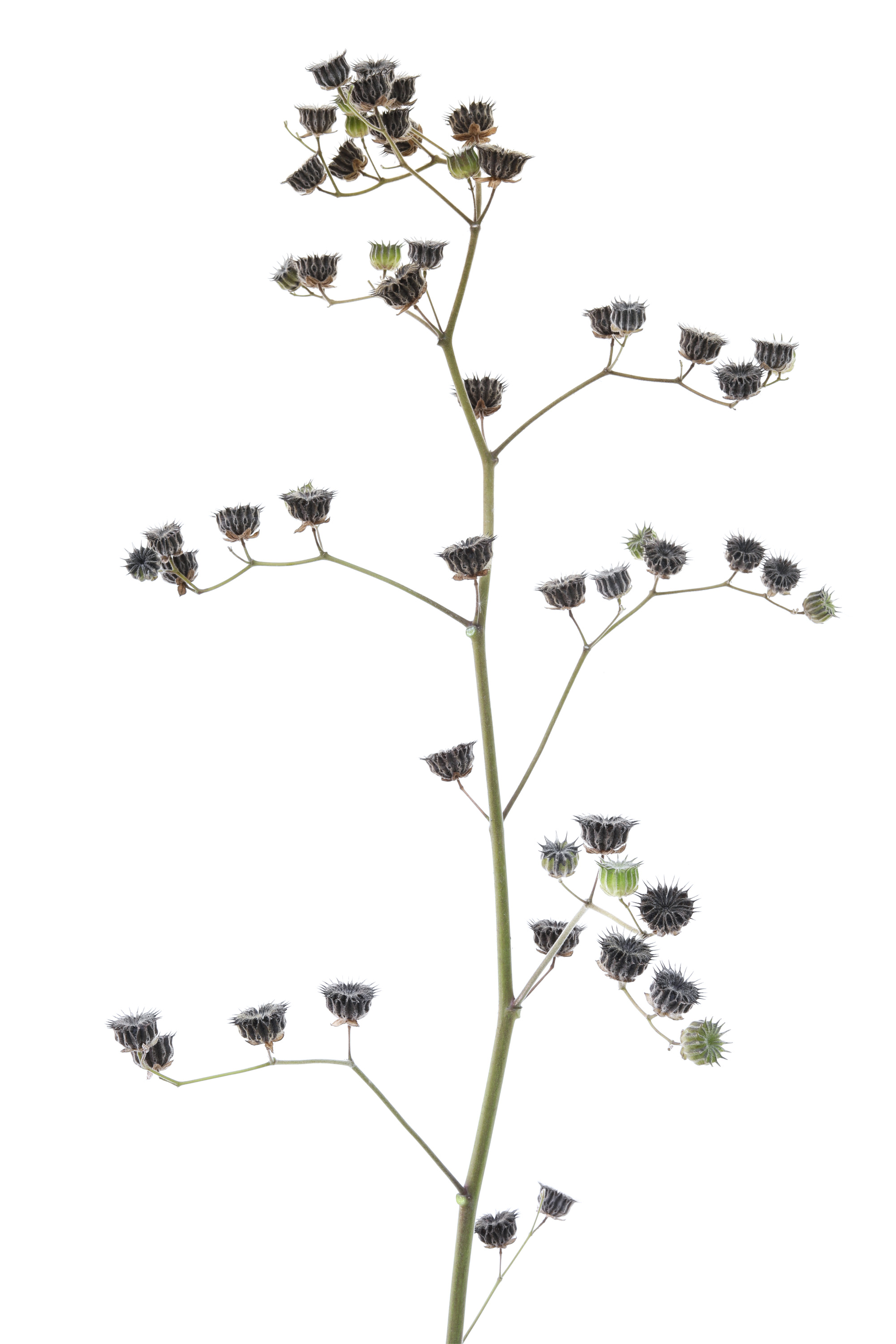
a candidate for best seedpod
y’all know my love of seedpods. and this common weed, called velvetleaf, is in the running for one of my favorite seedpods. so, i was thrilled today when i found this stem–standing almost 5 feet high. velvetleaf is native to southern asia…so in rather cooler minnesota, where it grows wild in disturbed roadsides and along the edges of parking lots, the stems seem to typically reach only 12-18 inches high. But this year we had a warmer than average july and august…so i was gifted with this seussian stranger. wiki tells me that velvetleaf is in the mallow family–which includes cotton, hollyhock, hibiscus, and linden trees. i am not sure i see the family resemblance there. looks like i need to do a deep dive into la familia Malvaceae. yay…i so love a good rabbit hole.
velvetleaf (Abutilon theophrasti)
-
I let this plant grow in my garden plot because the Japanese beetles eat it and not my basil or marigolds.
reply
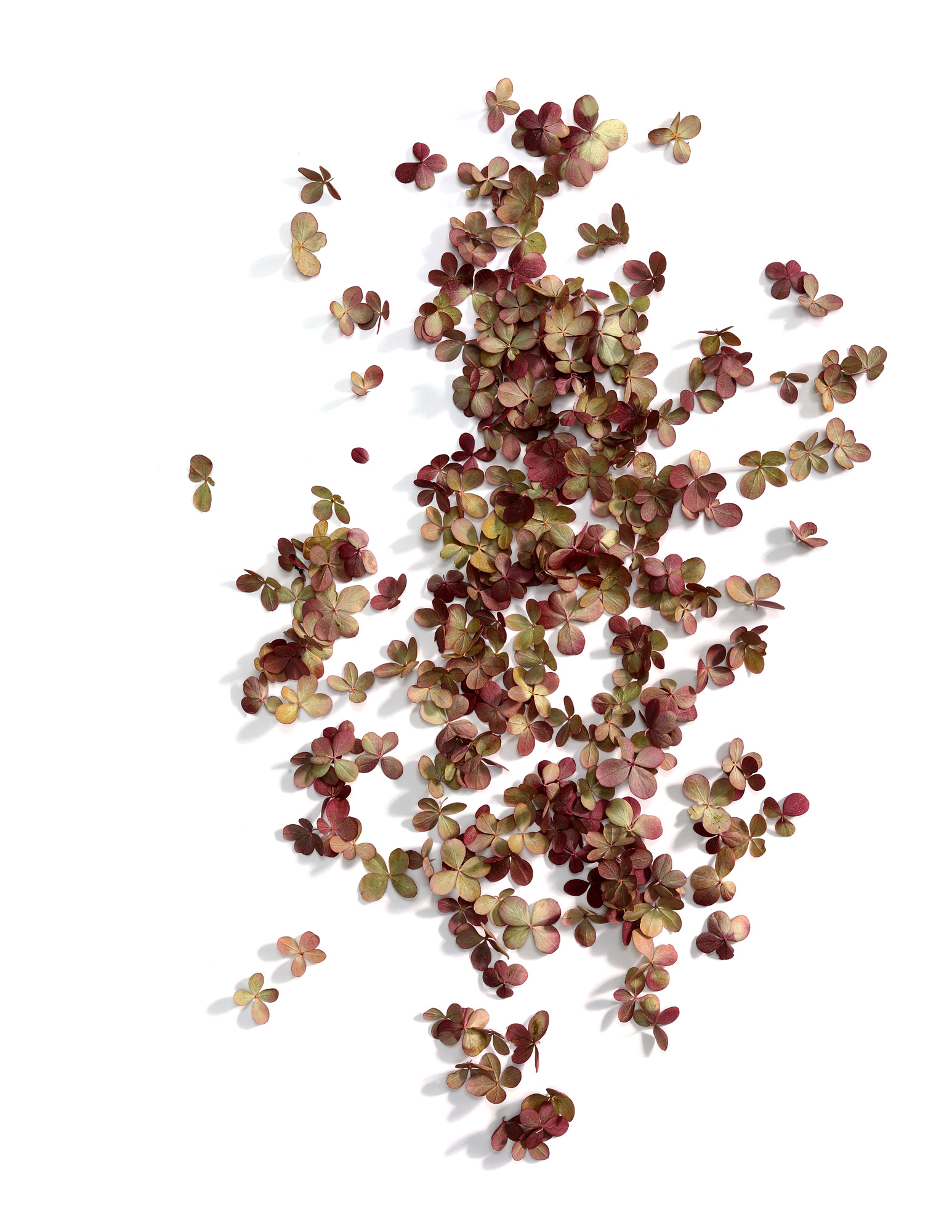
every year is different
doing STILL for ten years has taught me that every year the fall colors are utterly unique. sometimes lots of yellows and oranges, some years only reds. some years the leaves hardly change color at all, and drop from the trees still green. this year, probably because of a mid-summer drought, i notice that we are skipping the tangerine oranges and citrusy yellows, and most of the trees are going straight to red…but not brightly hued candy apple red, more like wine red. merlot i call it. i love this color. the deeper, richer, more complex red suits me. it’s softer on the eye. less demanding of attention. sexier. it makes me want to curl up by a fire, with a glass of côtes du rhône, and read simone de beauvoir.
hydrangea florets in autumn


